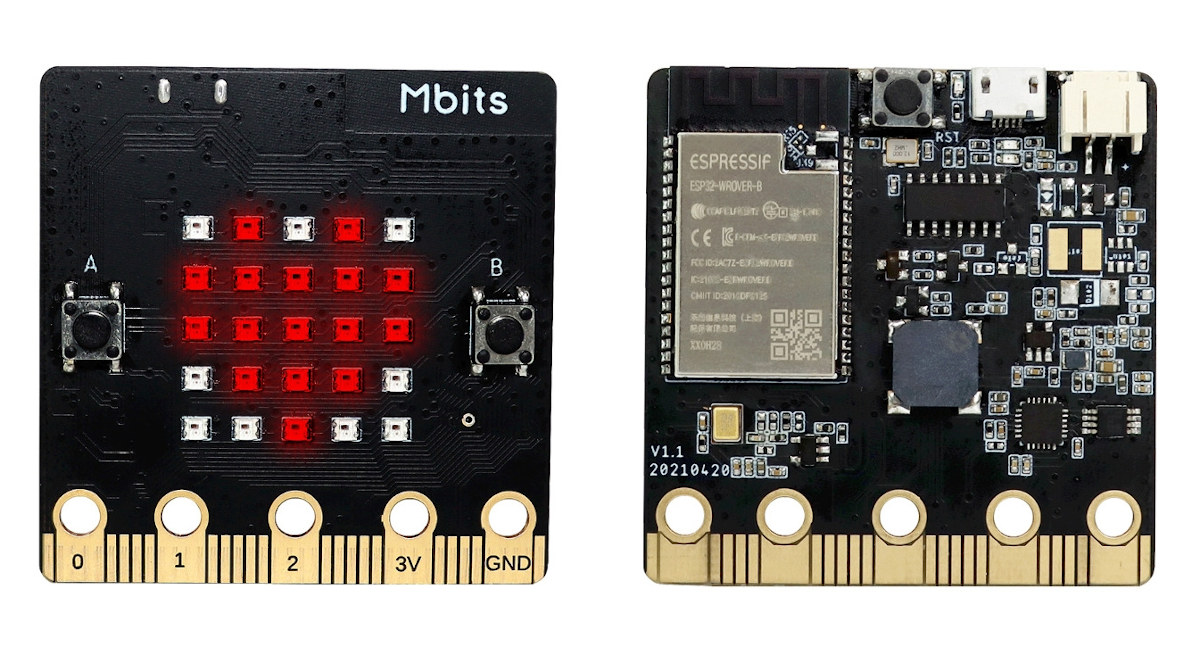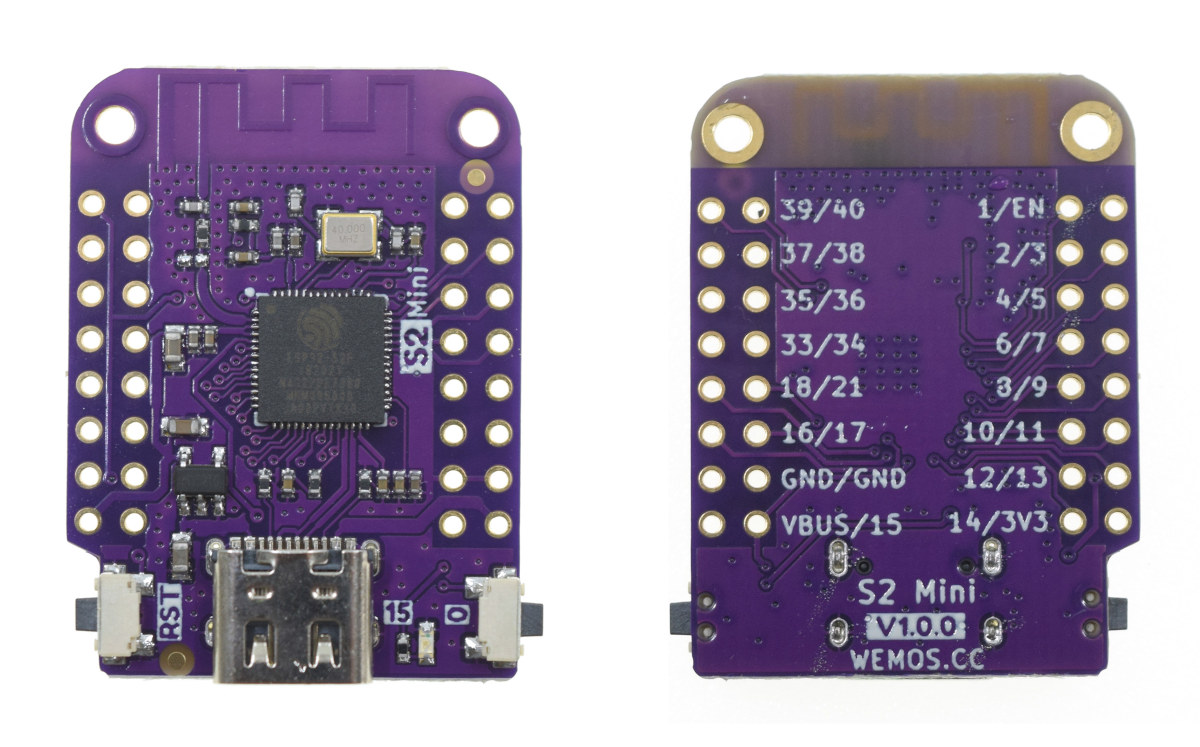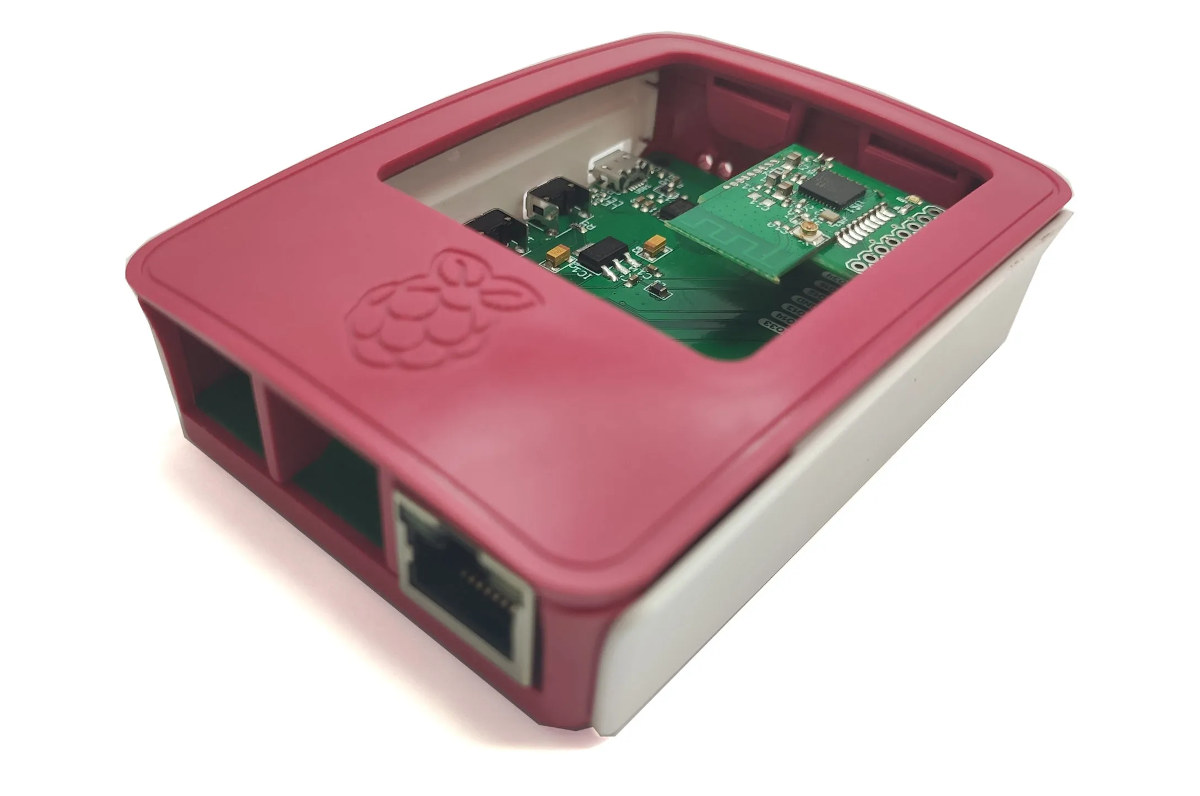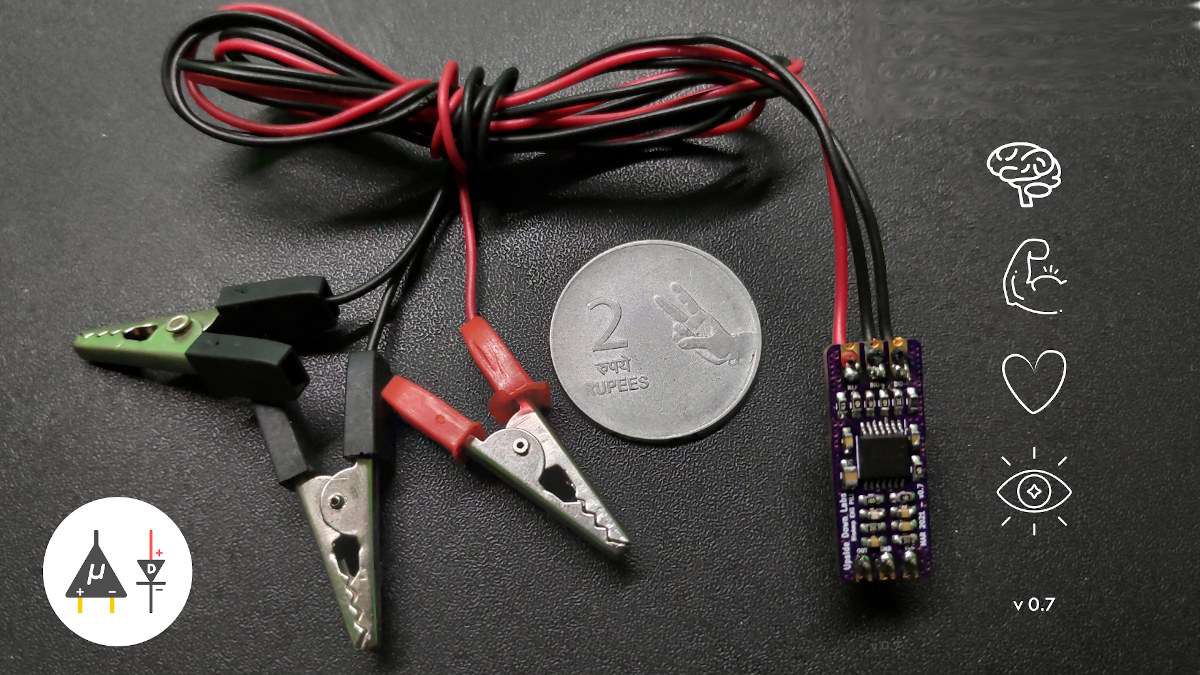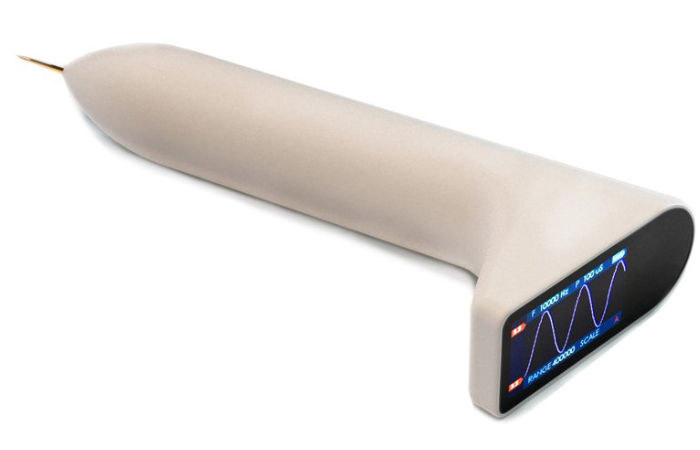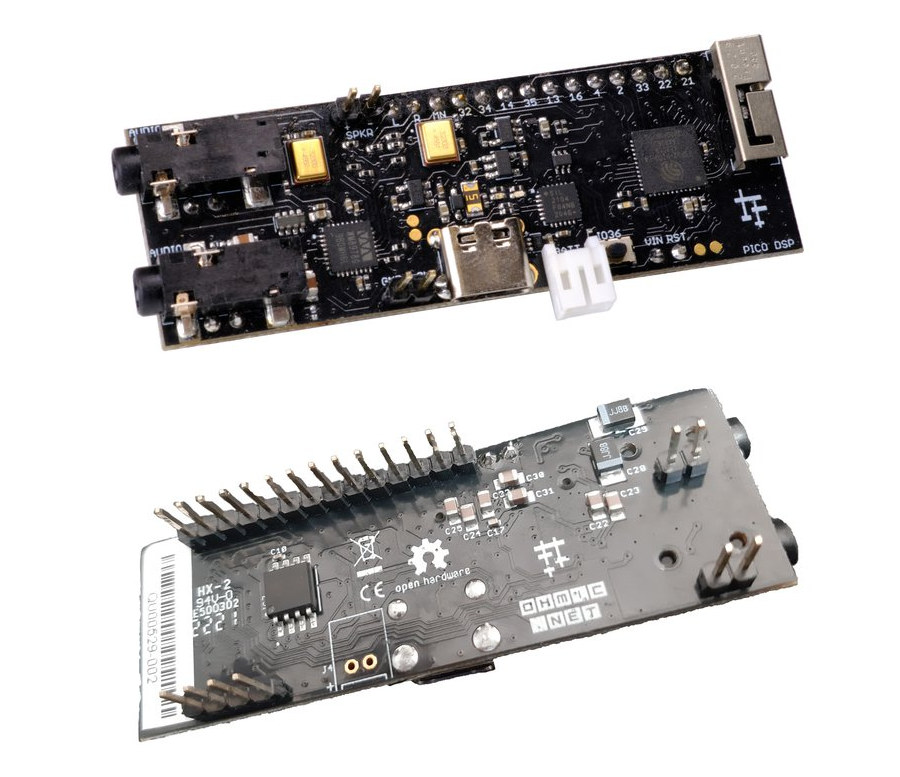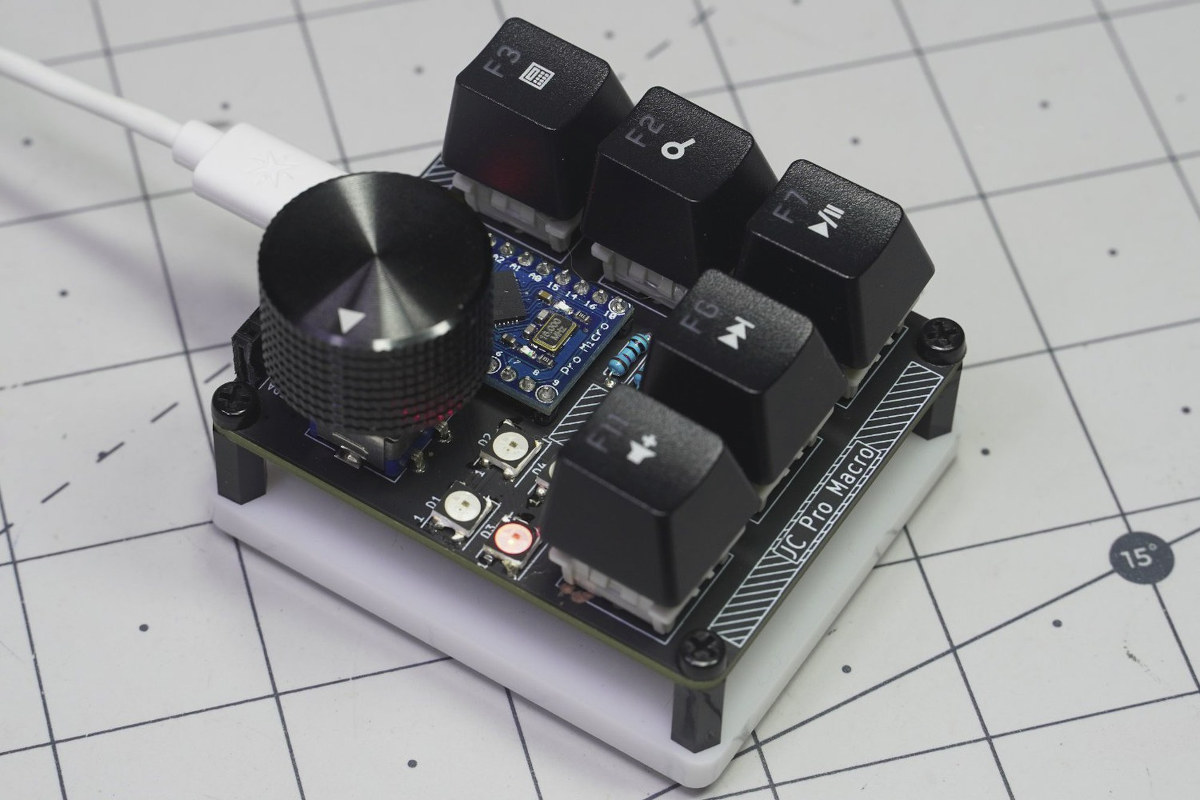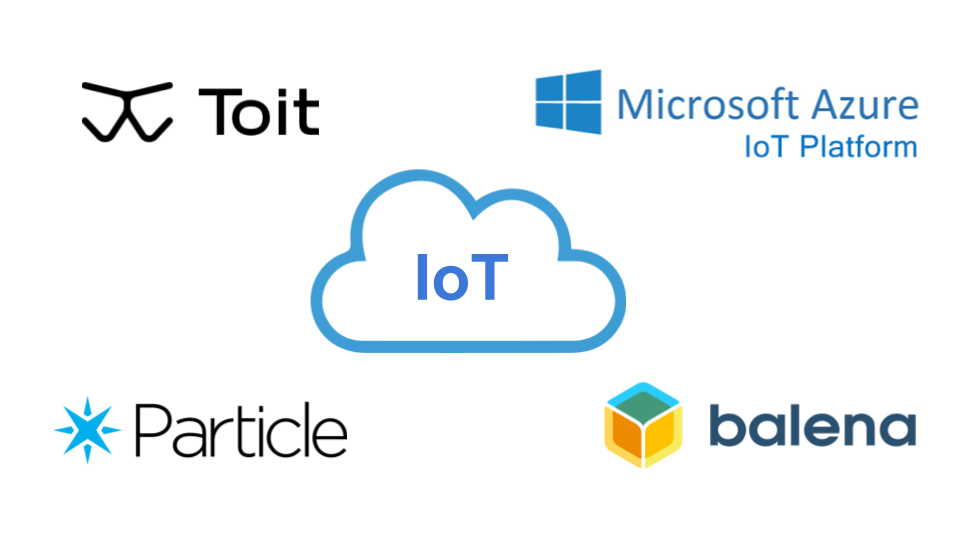A few years ago, we noted a BBC Micro:bit clone based on ESP32 WiSoC with Banana Pi ‘s BPI:bit board with an array of 25 RGB LEDs and WiFi & Bluetooth LE connectivity. There’s now another such clone with Elecrow Mbits designed in a way that resembles the BBC Micro:bit v2 board, but replacing the Nordic Semi nRF52833 2.4GHz/BLE SoC with the ESP32 dual-core wireless chip with support for both WiFi and BLE. The specifications between Elecrow Mbits and BBC Micro:bit v2 are close enough, although ESP32 is a more powerful processor, and the MBits board comes with more memory and storage. Power consumption of the BBC Micro:bit v2 should be much better, so if anything needs to run on battery for an extended period of time, it may be a better choice, or you’re gonna need a bigger battery. The GPIO pinout looks different too, so not all Micro:bit […]
$4 Lolin S2 Mini ESP32-S2 WiFi IoT board works with Wemos D1 Mini shields
If you liked Wemos D1 mini ESP8266 board with stackable add-on boards, you’ll probably love Wemos/Lolin S2 Mini board with the same factor, but fitted with an ESP32-S2 single-core WIFi processor, and offering twice the number of I/Os. The board comes with 4MB flash, 2MB PSRAM, a USB-C port for power and programming, as well as two 16 pin headers for GPIOs, ADC, DAC, and more. Lolin S2 Mini V1.0.0 specifications: SoC – Espressif Systems ESP32-S2FN4R2 Xtensa single-core 32-bit LX7 microprocessor up to 240 MHz with 320 KB SRAM, 4MB Flash, 2MB PSRAM Expansion headers – 2x 16-pin headers with 27x IO, ADC, DAC, I2C, SPI, UART, USB OTG USB – 1x Type-C USB for 5V power and programming Misc – Reset button and button 0 also used to enter Device Firmware Upgrade (DFU) Dimensions – 34.3 x 25.4 mm Weight – 2.4 grams The board is compatible with Lolin/Wemos […]
ZiGate-Ethernet – An ESP32 Ethernet, WiFi, and BLE Gateway with optional Zigbee connectivity
Frédéric Dubois, aka fairecasoimeme, has recently released ZiGate-Ethernet, an home automation gateway based on Espressif Systems ESP32 wireless SoC with Ethernet, WiFi, and Bluetooth LE connectivity. The gateway can also take an optional PiZiGate+ Zigbee module for support for a wider range of home automation gizmos, and everything is designed to fit in the official Raspberry Pi 4 enclosure. ZiGate-Ethernet specifications: Wireless module – ESP32-WROOM-32E with ESP32 dual-core processor, 16MB flash, PCB antenna Connectivity 10/100M Ethernet RJ45 port implemented through LAN8720 as on several other ESP32 Ethernet boards 2.4GHz WiFI 4 Bluetooth LE 4.2/5.x Zigbee through PiZiGate+ module with PCB antenna or optional external antenna USB – Micro USB port for power and programming Expansion – 16-pin GPIO header with up to 10x GPIO, 7x ADC, UART, 5V, 3.3V, and GND Misc- Reset and Flash button, ESP32/FTDI UART selection switch, Power Supply – 5V/500mA via micro USB port Dimensions – […]
BioAmp EXG Pill board enables ECG, EMG, EOG, and EEG biosensing (Crowdfunding)
BioAmp EXG Pill is a small Analog Front End (AFE) biopotential signal-acquisition board designed to be interfaced to any 5V MCU board with an analog-to-digital converter (ADC) such as most Arduino boards, or through a dedicated 5V ADC like the Texas Instruments ADS1115. The board can record biopotential signals like ECG (electrocardiogram), EMG (electromyography), EOG (electrooculography), and EEG (electroencephalogram), or in more simple terms, biosignals from the heart, muscles, eyes, or brain activity. BioAmp EXG Pill key features and specifications: Compatible with any 5V MCU with an ADC Biopotentials: ECG, EOG, EMG, and EEG (configurable) No. of channels: 1 Electrodes: 2 or 3 (configurable) Input Voltage – 5 – 40 V Input Impedance: > 35 MΩ Dimensions – 25.4 x 10 mm OSHWA certifications – IN000026 The board is open-source hardware and you’ll find KiCAD hardware design files like schematics and Gerber files on Github where you’ll also find several […]
Arduino programmable wireless multitool offers color display, touch controls (Crowdfunding)
QUARK may look like the perfect weapon to hijack a plane, but instead, it’s an open-source, Arduino-based wireless multitool for hardware engineers equipped with a full-color screen and touch-based controls. Based on ESP32 WiFI & Bluetooth wireless SoC, Mulin Group’s QUARK is an ultra-portable multimeter, signal generator and oscilloscope, a bit like IkaScope WiFi Pen-Oscilloscope, except having a laptop or phone to visualize measurements is only optional. The company also compares it to DT71 smart tweezers which do not have an oscilloscope function due to the tiny display. QUARK features & specifications: WiSoC – ESP32 dual-core processor with WiFI & Bluetooth connectivity Display – 240 x 134 IPS display Measurements Voltage – 0 to 26 V Current – 0 to 3.2 A Resistance from 0 to 2 MΩ Capacitance from 2 pf to 1000 uF Inductance up to 1 H Sampling rate for oscilloscope function – 400 ksps Features – […]
PICO DSP is an Arduino compatible ESP32 development board for audio and DSP applications (Crowdfunding)
ESP32 audio development boards have been around ever since ESP32 boards were introduced starting with Espressif Systems’ own “ESP32-LyraTD-MSC Audio Mic HDK“, and now ESP32 hardware and software have been certified for Amazon Alexa Voice Services. PICO DSP is another ESP32 development board for audio and digital signage processing (DSP) applications. Equipped with a Wolfson WM9878 stereo audio codec, the breadboard-friendly, Arduino compatible board includes two MEMS microphones, audio in and out jacks, a speaker header, plus other audio signals routed to a GPIO header. PICO DSP specifications: SiP – Espressif ESP32-PICO-D4 system-in-package with ESP32 dual-core WiFi 4 & BLE processor, 4MB SPI flash External storage/memory Original Edition – External 64 MB pseudo-static (PSRAM) chip, of which up to 8 MB is currently supported by ESP-IDF. Strawberry Edition – 16 MB of external NOR flash (note: the internal 4MB SPI flash will not be usable after selecting the NOR flash […]
Arduino powered 5-key keypad includes a rotary encoder
There was a time when people were happy to interact with their computer with a standard keyboard and mouse. But in recent years, we’ve noticed more programmable, custom-designed keyboards with more ergonomy, a built-in touchscreen display, integrated into a multi-function USB dock/hub, as well as tiny keypads with a couple of mechanical keys to speed up specific functions. JC Pro Macro is another one of those compact USB keypads. Powered by an Arduino Pro Micro board, the keypad features five mechanical keyboard keys, and adds a rotary encoder, plus an optional I2C OLED display for debugging, and some I/Os to control external hardware like a fan. JC Pro Macro keyboard’s features and specifications: MCU board – Arduino Pro Micro compatible board with Microchip ATmega32U4 AVR microcontroller User input 5x programmable keyswitches Rotary encoder to control volume or other “rotary-y” elements, plus a 6th input switch, i.e. you can press it […]
Microsoft Azure IoT, Balena, Particle, or Toit – Choosing the Right IoT Development Platform
With the ongoing fourth Industrial Revolution (Industry 4.0), IoT technologies are playing a major role in automating industrial processes. Integrating existing systems with IoT results in an intelligent solution that focuses more on providing better adaptability and resource efficiency. If you start building such systems from scratch while ensuring reliability and other factors, it will surely take a lot of research and time. This is where an IoT development platform steps in to save your time and makes things a lot easier. The main idea behind these platforms is to avoid reinventing the wheel and to provide standardized functions and features, so you don’t waste your time implementing something that someone has already done for you. You can collect data, control and manage apps and connect to their cloud services for better machine-to-machine communication. This article will look at some modern IoT development platforms and finally compare them to help […]


